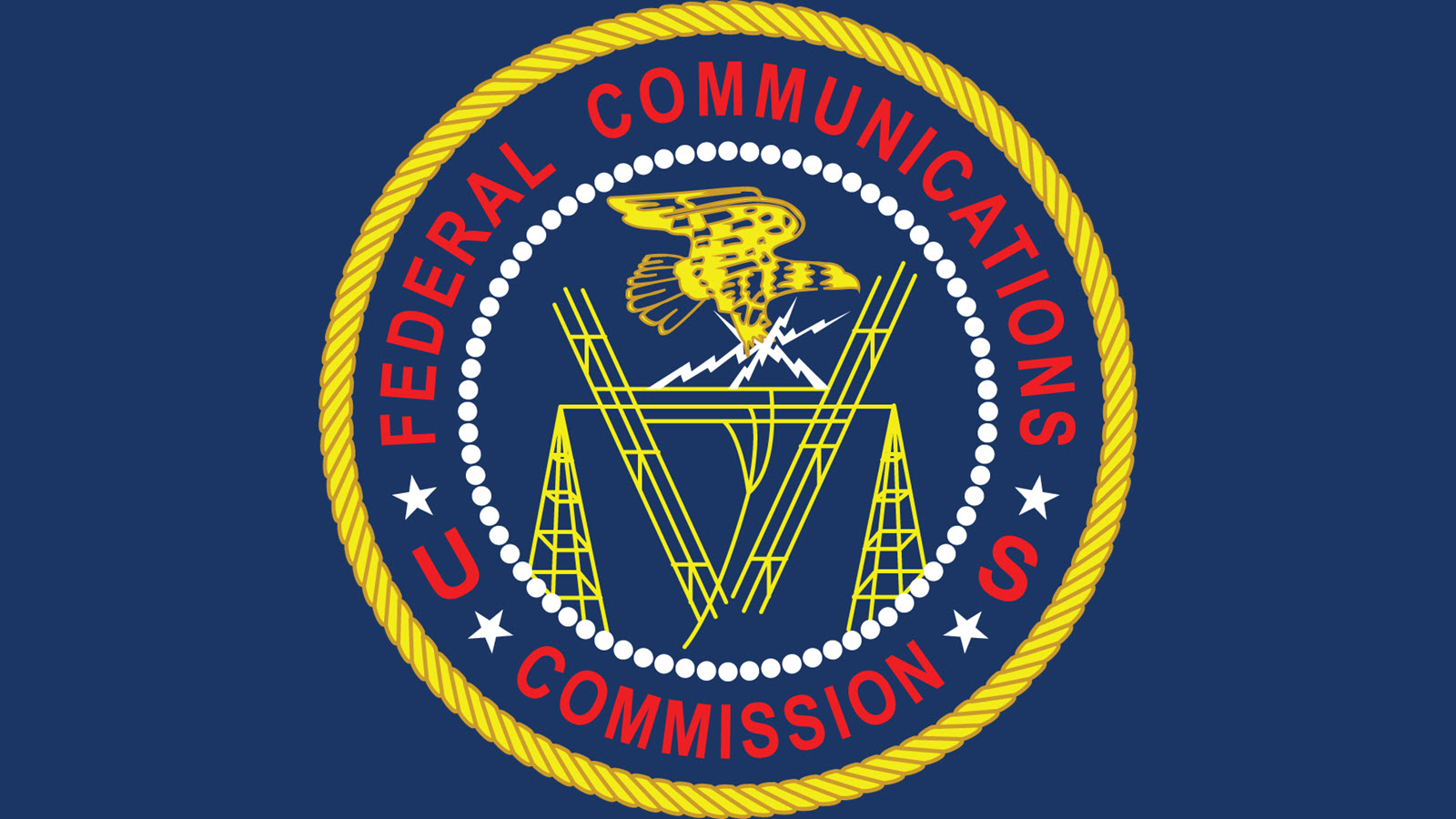FCC Launches Latest 5G Auction

The FCC Thursday (March 14) was scheduled to launch its latest 5G wireless auction, the 24 GHz auction of 24 GHz high-band (millimeter wave) spectrum (auction 102).
It is the second of the FCC's first-ever millimeter-wave auctions.
That comes despite some pushback from legislators and science agencies concerned about interference with weather data gathering--the FCC says the auction went through regular interagency coordination and is proceeding as planned.
The FCC last month identified 38 qualified bidders for the spectrum, including AT&T, Verizon and T-Mobile. But a couple of familiar names were missing: Cox and Frontier, who had initially applied but did not make the final cut.
Neither can talk about why due to FCC auction rules about sharing information about an ongoing auction process.
The FCC did not say what the deficiencies were for the list of non-qualified bidders, but it did say that "each Auction 102 applicant whose short-form application to participate in Auction 102 (FCC Form 175) had previously been deemed to be complete [Cox and Frontier among them] could become qualified to bid after making a timely and sufficient upfront payment," which were due Feb. 19.
The FCC earlier this year completed auction 101 (28 GHz spectrum), their first millimeter-wave auction, which brought in $702,572,410 for 2,965 licenses. The 24 GHz auction comprises 2,909 licenses divided up by partial economic areas.
Broadcasting & Cable Newsletter
The smarter way to stay on top of broadcasting and cable industry. Sign up below
Both auctions are intended to free up more spectrum for next generation (5G) broadband, part of the FCC's Spectrum Frontiers proceeding.
The 24 GHz spectrum is divided into a lower and higher portion, the lower (24.25 – 24.45 GHz and 24.75 – 25.25 GHz) being licenses as two, 100-MHz blocks and the upper (24.75 – 25.25 GHz) licenses as five, 100 MHz blocks.
FCC chair Ajit Pai has said that while the auctions may not be 'flashy,' they are "a vital step toward promoting U.S. innovation in 5G wireless services, the Internet of Things, and many technological “firsts” in these previously-underused, high-band frequencies."
But there was some flash associated with the launch of the 24 GHz auction, those were the muzzle flashes of fire aimed at the auction.
Some legislators asked the FCC to delay the auction due to concerns expressed by NASA and others about interference with adjacent frequencies used for gathering weather data.
On Thursday (March 13), the chair and ranking member of the House, Science, Space, and Technology Committee wrote Pai and the other commissioners to ask that the auction be delayed so the issue could be further studied.
“Our concern is not with 5G technology," they wrote. "We are strong supporters of advancing America’s telecommunications infrastructure. However, advancements in telecommunications should not come at the expense of the safety and security of the American people. We are therefore asking for you to delay the auction of 5G spectrum until NOAA, NASA, and the DOD have been adequately consulted and their concerns have been addressed.”
“Today’s 24 GHz auction is an important step towards securing American leadership in 5G," FCC spokesman Brian Hart said in response. "The FCC’s rules for this band went through the standard interagency coordination process, provide the necessary protection for other spectrum bands, and have been on the books since 2017.
"It is therefore perplexing to be asked to postpone this auction the day before it is going to start. While our nation’s international competitors would undoubtedly be pleased if we delayed this auction of greenfield spectrum at the last minute, the FCC will move forward as planned so that our nation can win the race to 5G and the American people can quickly enjoy the benefits of the next generation of wireless connectivity.”
Contributing editor John Eggerton has been an editor and/or writer on media regulation, legislation and policy for over four decades, including covering the FCC, FTC, Congress, the major media trade associations, and the federal courts. In addition to Multichannel News and Broadcasting + Cable, his work has appeared in Radio World, TV Technology, TV Fax, This Week in Consumer Electronics, Variety and the Encyclopedia Britannica.
